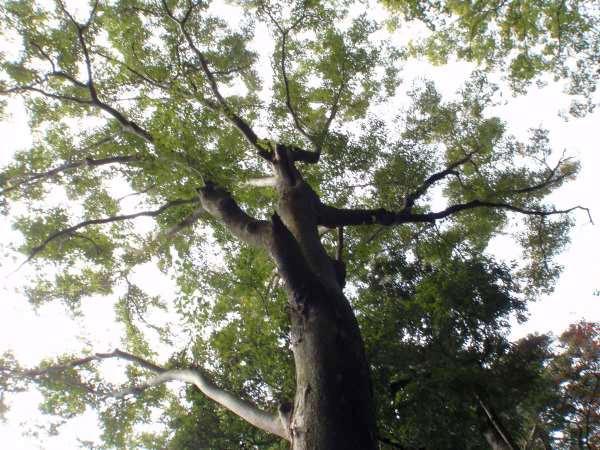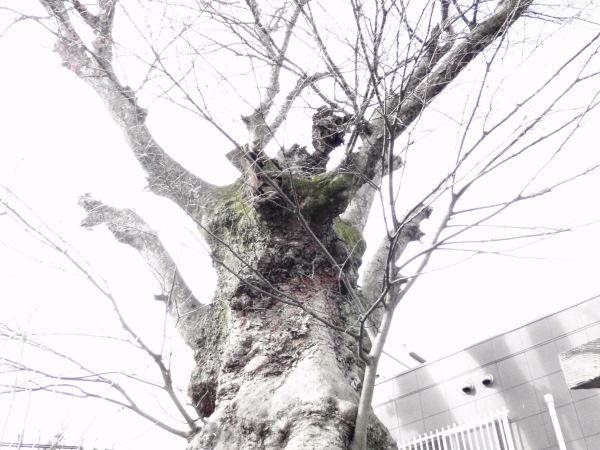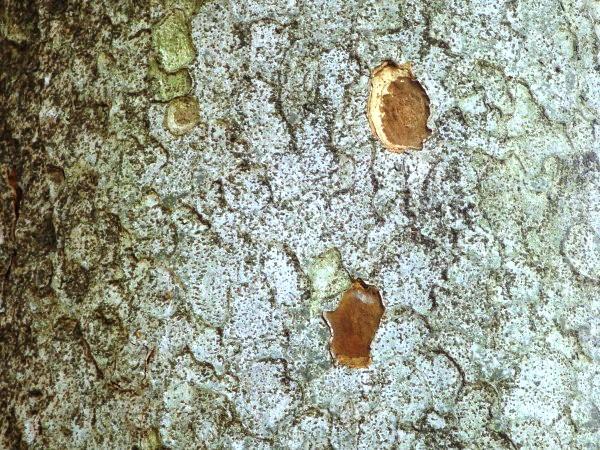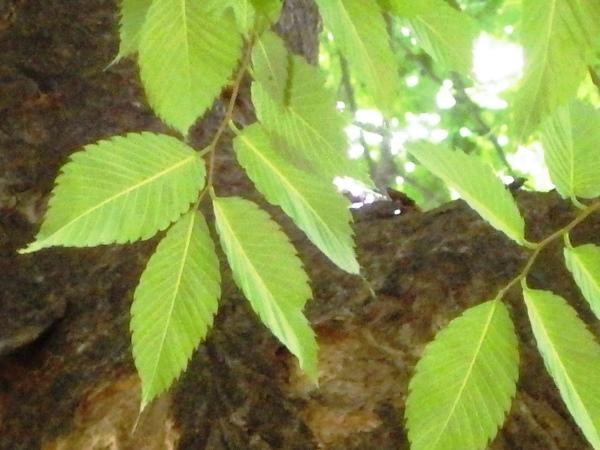(First upload on September 5 2013. Last on May 19 2019) [ 日本語 | English ]
Mount Usu / Sarobetsu post-mined peatland
From left: Crater basin in 1986 and 2006. Cottongrass / Daylily
HOME > Plant list (植物リスト) > Ulmaceae (ニレ科) > Zelkova serrata
Zelkova Spach (ケヤキ)Six species in the world (1 species in Japan)Zelkova serrata (Thunb.) MakinoKeyaki (ケヤキ, 欅), Japanese zelkova or Japanese elmLifeform: deciduous tree < 30 m high Distribution: Russia - China - Taiwan - Korea - Japan (except Hokkaido) - Kuril Habitat: forests Utilization: street tree (popular in Kanto District), and high-quality wood Synonyms: Zelkova serrata (Thunb.) Makino var. formosana (Hayata) Hatus. |
f. stipulacea (Makino) K. Ito (メゲヤキ)
Mount TakaoThe representative tree of Musashino (and Japan) The leaf has two functions:
Autumn color: October (from green to pale brown through yellow) ☛ Giant tree (巨木)Japanese zelkova at Inuzuka (犬塚の欅)Giant zelkova at Mitsui Tower (三井タワーの大欅) |
|
 1
1
 2
2
 3
3
 4
4
 5
5
 6
6
[1] at a trail to go Yakuo-in Shrine on Mount Takao (599 m elevation), Tokyo, on October 21 2013 ☛ Mount Takao forest for recreational use (高尾山自然休養林). [2] a giant tree (巨木) at Inuzuka (Osaka Path), Otsu City, western Japan, on March 19 2012. [3-5] at Yushima Temple (seido), Tokyo, on May 30 2014.. [3] a bark (樹皮). [6] in front of the Faculty of Engineer, Hokkaido University. Discard: a bark close to the Red Gate (Bldg-2) at the University of Tokyo on May 11 2013